
There are 8 guiding principles listed on street photographer Blake Andrews’ website: #1 Camera in hand always — unless in bed. #5 Bystanders will quickly forget you, but a good photograph lasts forever. #8 Shoot first, ask questions later. In other words, no fuss and no mess. This no nonsense attitude perfectly characterizes Andrews’ approach to photography. Photographs should be taken to fulfill a single compulsive need — never, ever miss the moment. Just thinking about how he’s able to capture so many great photographs is intimidating.
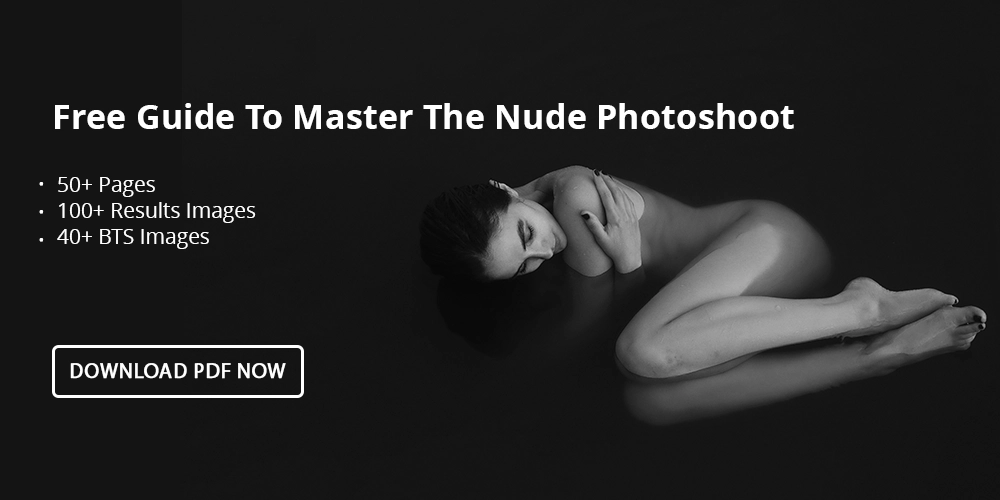
Spend a couple of minutes on his site and you’ll understand what I’m talking about. There’s insane amount of beautiful images tucked between pages and pages of interface. But Andrews makes no apologies for hiding his gems. In fact, he even defends it in his bio. The intimidation is by design he says, and it is meant to reflect his style of shooting, meant to correspond to his preference for left-minded thinking. I respect Andrews for many things, but this unabashed loyalty to his vision really impresses.
And many others have found a unique photographic voice in Andrews as well. Besides being a member of IN-PUBLIC, Light Leak, and the Portland Grid Project, Andrews’ work has been featured by LENSCRATCH and LPV Magazine. He also will have his work exhibited by the DRKRM Gallery in Los Angeles until the July 27th, 2013.
In this interview, Andrews talks about his approach to volume shooting, explains how he captures his street photography, and reveals his photographic influences.

On your website, you say that you are a volume shooter. When you started street photography was this case or did you develop this method over time? Why do you prefer volume shooting?
I actually shoot less now than I did a few years ago, but that’s mainly due to circumstance. In 2006 I moved to a smaller city, and I spend more of my time now at home or in the car driving kids around. Not usually good photo ops. But when I’m on foot in good weather I’m shooting. It’s not really a preference, just the byproduct of my anal need to make sure I don’t miss anything. I shoot a lot of stuff that I never wind up printing later. So I guess it’s wasted in a sense. But if I don’t shoot it I always wonder what it might’ve been, and that’s not a good feeling. I think volume shooting applies more to my darkroom aesthetic. Some people will spend all day in the darkroom making 3 or 4 perfect prints, and working on them until they are magnificent. I don’t have the attention span to do that. I get sick of looking at any photo after just a few minutes, especially my own. I use the darkroom to see what my negs look like. I make quick work prints, not to perfection, but good enough to see what’s in them. Then it’s on to the next one. In a day I can print maybe 100 different negs. It’s just feeding a constant hunger to see the next photo.

When selecting photographs to share from the many captured, what do you look for? How do you know which ones are meant to be seen?
I can usually tell from the contact if something is worth printing or not. And if I have any doubt I print it. I share a lot of these work prints with my friends during monthly photo meetings. For exhibitions I am generally more picky. The only photos that are worth showing in that environment are the finished ones. And the way I know they’re finished is simple. They’re the photos in which I would change nothing even if I could revisit the scene. Those photos are fairly rare.

How did you get your start in street photography? Was there a moment when you realized this was your calling?
I still don’t know if I’m a street photographer. I’m more comfortable just with the title photographer. I realized in my early twenties that photography was an interest I could not easily exhaust. I think it was in my early thirties that it began to elbow out my other creative interests. That is when I began to formulate a stronger style around which I could define myself. Maybe that’s the same as a calling. I’m not sure. I just know it’s been a long process so far and I’ve still got a long way to go. I hope I am never satisfied.

You take your camera with you wherever you go and also enjoy photographing friends and family at their homes. There’s a simple beauty in them. Why you do like capturing these ordinary and simple moments?
I just have my camera everywhere, so if I’m near family and friends that’s what gets shot. But it goes beyond that. One of the beauties of photography is its accessibility. It is open to anyone with a camera, any time and any place. I think this creates an interesting challenge visually. When everything is potentially photographable by anyone, how do you separate the frames which are special from those which aren’t? I really enjoy photographers who can pluck moments from the everyday and put their stamp on them. I think they are using photography in a way which is peculiar to the art. Eggleston comes to mind. Or Peter Fraser or Mike Slack or Rinko Kawauchi. They each have an ability to find the extraordinary in the ordinary.

Some beginning street photographers are uncomfortable with taking photographs of others in public. How do you overcome—if any—hesitancy in public?
I go through moods. Sometimes I’m not in the right headspace to photograph strangers, but more often I am. I try to treat people the same way I treat phone poles or pigeons or any other subject. They’re just elements out there in the world which I can use in my photographs. It sounds cold and unemotional, but that’s the mindset which I’ve found works best for me. If I start worrying about what others are thinking or looking at or reacting to, it usually gets in the way of my photos. So I need to be something of a solipsist when I shoot. No one else exists. And when I am in a true groove, that need fulfills itself. When I’m locked on a scene someone could yell in my ear and I wouldn’t hear a thing.

Your street photography is disciplined, the point of interest always emphasized with little background/foreground distractions. Your “Word” series is a good example of this focus. How did you develop this eye for composition? Any advice to share?
Everything in the frame is important. I know it’s a cliche but it’s really true. So I try to think about each visual element and how they interact. And I like to play with that interaction and make it a sort of game to see if I can confuse things or tell another story about it. I use black and white because it’s easy to combine things in monochrome without the distraction of color. I think my formal eye is probably an outgrowth of my general left-brain attitude. I’ve always been more rational than emotional. As a child I was a math nerd and a puzzle geek. Maybe other kids were distracted by girls or TV. I consumed myself in the Martin Gardner books and Games Magazine. I’m a left brainer all the way, and that’s carried through into my photography.
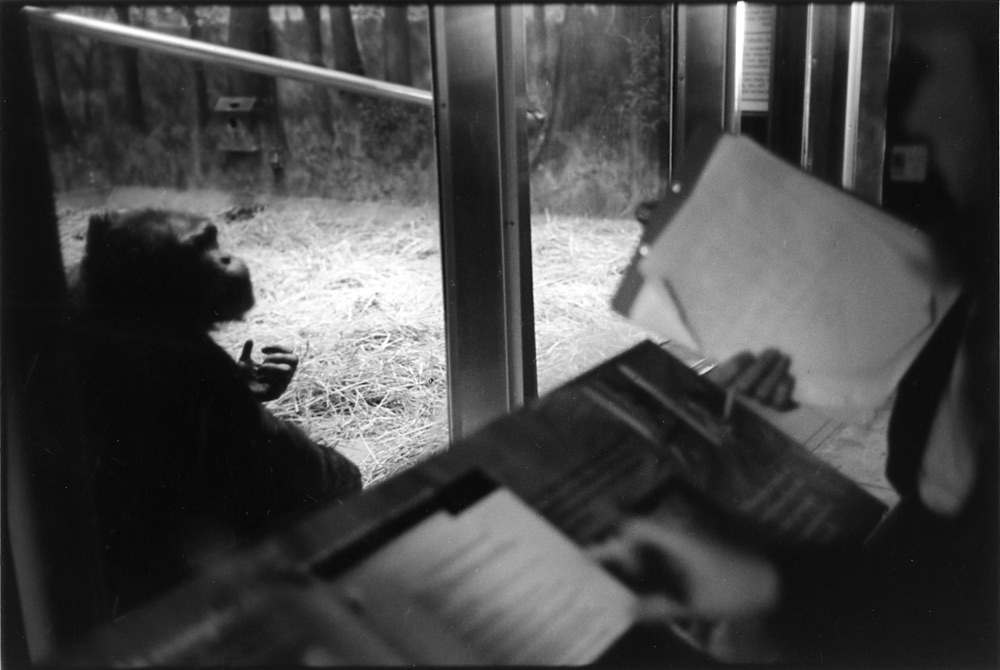
One of my favorite photographs of yours is Magic Kingdom. I love how the gorilla’s hand mirrors the person’s grasped hand. How did you know a location is going to provide a good capture?
I didn’t know ahead of time. I was on vacation with my family. The shot was there. Boom. But I do think you can sense when certain locations have potential. Photographs don’t come randomly. I think they come in waves, and you need to tune in to your surroundings to sense when a wave is impending. Good photographers develop a sixth sense.

Your “Tilt” Panoramic series has many great examples of using shapes and light to confuse the eye. When you were out shooting for that project, did you have any guidelines in mind to help you find visually interesting locations?
The idea behind Tilt was to hold the camera at odd angles and grab a big swath of material just see what it looked like. I was hoping that it would look jumbled and confusing and a bit odd, since most photos are not shot at odd angles. The swinglens camera helped with that because parts of the photo can be at some strange angle while other parts can be quite normal. Really there was no purpose to it beyond that. Just playing, and trying to go somewhere I hadn’t yet been. I stopped shooting the series when the camera broke.

You also write that your “uncategorizable” photographs are the ones that excite you the most. How do you think these uncategorizable ones come to be? Spontaneous expressions?
Uncategorizable is just like any other label. They’re always applied after the fact. Maybe it shows a lack of imagination but whatever. The excitement of uncategorizable photos is something of a tautology. Most of the excitement is bound up in the fact I don’t have a ready frame of reference for them. There’s a saying “To name something is to own it.” Maybe possessions are inherently less interesting than stars or air or the center of the earth.

Do you have a favorite of your photographs? If so, do you remember the story behind it?
It’s impossible to pick a favorite because I tire of my own photos very quickly. Once I show them to a few people they are done. My worst fear is to ever be associated with any one photo like Ansel Adams’ Moon Over Hernandez or Weston’s Pepper #30. That said, I shot one last year which I still like, I think because I can’t quite figure it out. It’s a a photo of the wading pool at a hotel in Florida (above). I don’t remember taking it but I was shooting around the scene, mostly looking for people and water in interesting positions. Some pool water splashed on the lens which makes the center soft, but I didn’t realize it at the time. There’s woman’s dress to the left which looks like an ink stain on the film. And a 0 FT sign which seems to signify something but I’m not sure what. It’s a photo of nothing really, but it works. There are many chance elements converging and I’d never be able to plan them or seek out such a photo. It just has to happen the way photos do sometimes. I’ve shown this photo to a few people but no one appreciates it very much. Maybe that’s part of why I like it. Because it’s one of the few photos of mine that I can claim entirely for myself.

Be sure to check out all of Blake’s work on his website and tumblr!
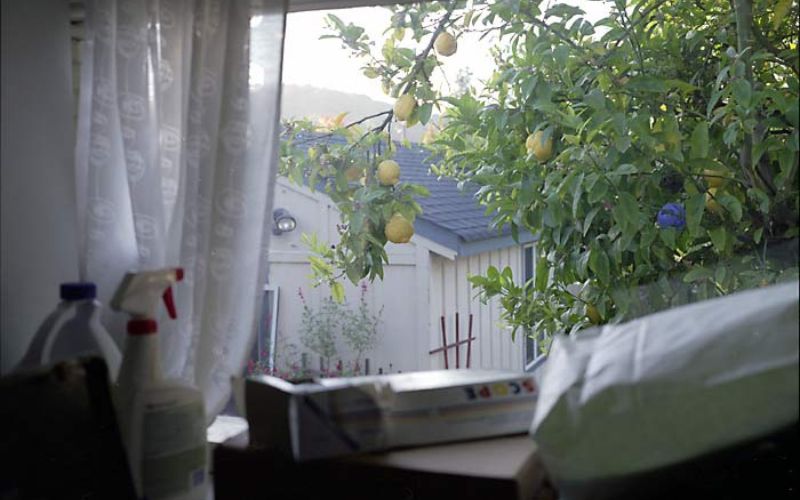
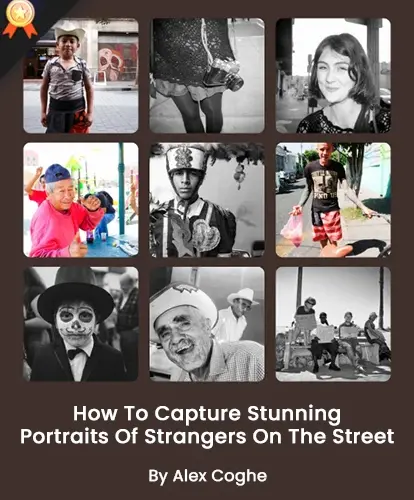
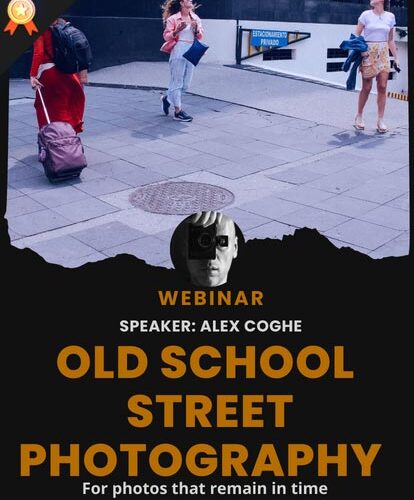
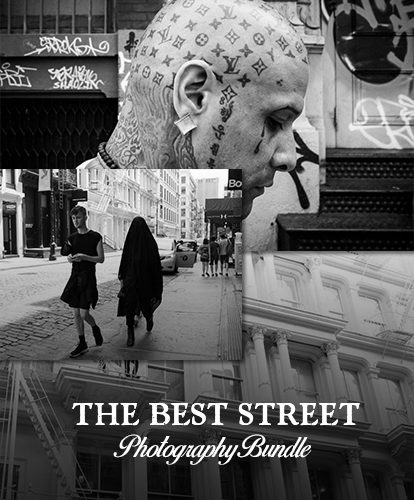




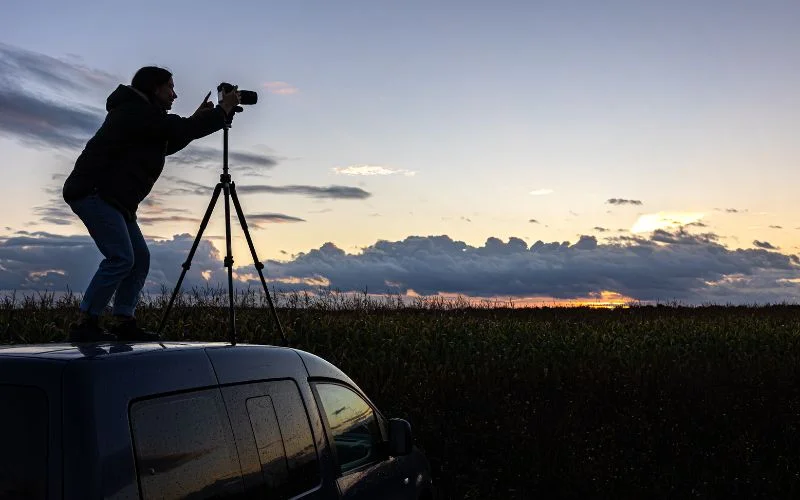
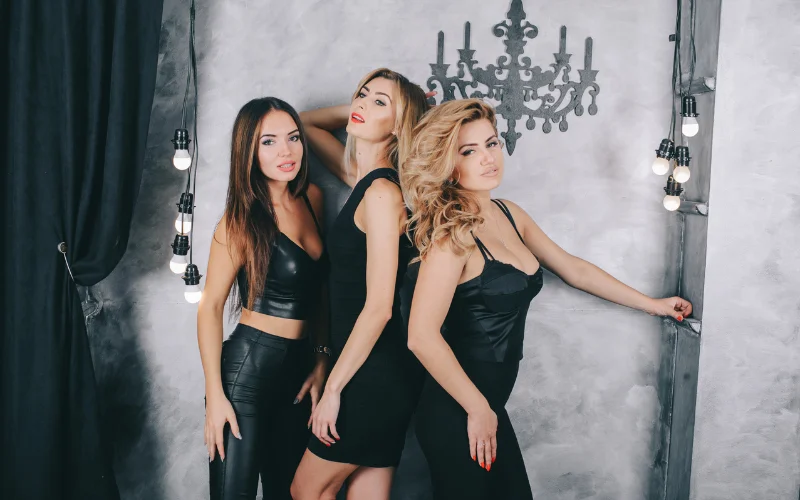
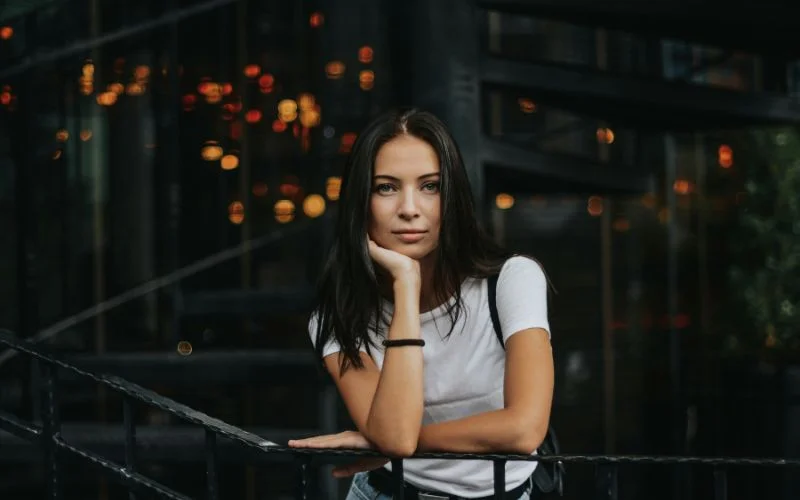



2 Comments on “Blake Andrews Interview: Never Ever Missing the Moment and Shooting Volumes of Amazing Street Photography”
Thanks for an excellent article. But – what has happened to Blake’s blog? It seems it has been removed? Very sad if that is the case.
I don’t know, hopefully Blake starts another! I’ll bug him about it